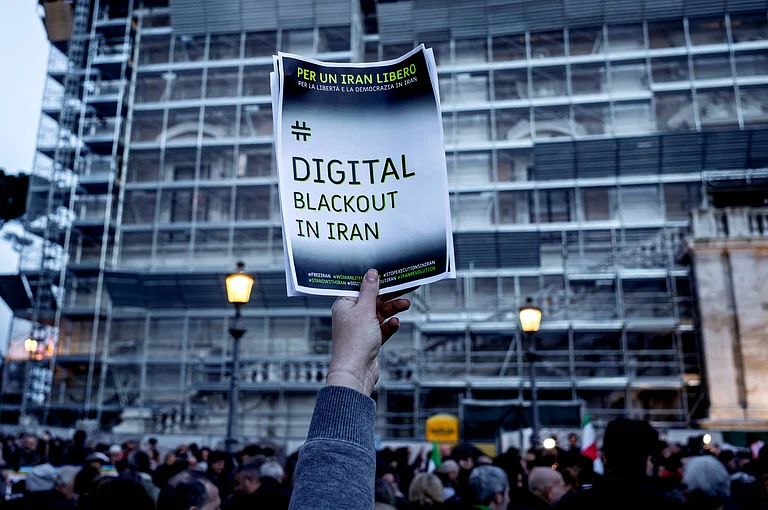Kerala, a pace setter in social advance since the 19th century, has registered another first by extending the principle of reservation to appointment of temple priests, and letting Dalits into the sanctum sanctorum.
Under princely rule, temples in the Travancore and Cochin regions of the state were under the control of maharajas who split the income from them with Brahmin priests and powerful families of dominant castes. All major temples of Travancore, except the Sree Padmanabhaswami temple at Thiruvananthapuram, were brought under the government by a British Resident. He had doubled up as the Dewan so as to boost the kingdom’s revenue. On accession to India, temples in both the princely states were placed under Devaswom Boards with three members, picked by the rulers, the Hindu ministers and the Hindu legislators. Later the right of the rule to nominate a board member was transferred to the Hindu ministers.
While the administrative set-up thus underwent a measure of democratisation, temple affairs remained under the rigid control of caste supremacists. The Communist Party of India (Marxist) and the Rashtriya Swayamsevak Sangh-Bharatiya Janata Party combine have been engaged in a struggle to seize the temple committees, but neither side was interested in changing their caste composition. It was through control of temples that the small Vedic community held sway over the vast Hindu populace. “The gods are under the power of mantras/ Mantras are under the control of Brahmins,” proclaims an ancient text.
Tamil Sangam literature testifies that 2,000 years ago priestly functions at temples in the south were performed by members of communities now classified as Scheduled Castes or Backward Classes, although Vedic Brahmins were present in the region. An Englishman’s account of a 19th-century absorption of a tribe of Bihar into the Hindu fold points out that the temple, the goddess and the rituals were the same, but a Brahmin replaced the tribal priest.

In Kerala, caste supremacy was challenged as early as 1888 by Sri Narayana Guru, a non-Brahmin saint, who built a Siva shrine and himself consecrated its idol, to provide a place of worship for those who were denied access to Brahmin-controlled temples. Over the next few decades, he established more temples and threw them open to all, irrespective of caste. He also set up institutions to train priests, and they too were open to all. When he founded an order of monks, he admitted to it members of all communities, including Dalits. Exactly 100 years ago, he declared he had transcended caste and religion. But obscurantism caught up with his movement. It is not uncommon now for persons professing to be his followers to seek Brahmin priests to perform rituals.
Back in the 1960s, Prakkulam Bhasi, a leader of the Revolutionary Socialist Party, while serving as the president of the Travancore Devaswom Board, set up a school under its auspices to train youths of all castes to perform priestly functions. The scheme failed, as there was opposition from many quarters, including his own Nair community, to the induction of non-Brahmin priests. The Board employed the non-Brahmins trained at the school, but then they were mostly assigned non-priestly work. The few who were appointed as priests were posted in small temples at places where there was no objection to their presence.
The Supreme Court has upheld the right of non-Brahmins to work as priests. However, the government in down-country Tamil Nadu still finds it difficult to implement a decision it took in 1971 to abolish hereditary priesthood and allow members of all castes to become priests. Its last order on the subject, issued in 2006, was struck down by the country’s apex court in 2015, saying priests can be appointed only in accordance with the Agama Shastras, a collection of Hindu ideas on rules of worship, temple-building and spirituality.
Recently the Kerala government set up a recruitment board to select employees, including priests, for about 3,000 temples under different Devaswom Boards in the state. It is required to follow the norms of reservation applicable in recruitment to the state service. Reservation for OBCs, SCs and STs in the state service adds up to 32 per cent.
The first batch of 62 candidates selected by the Devaswom’s recruitment board, after written tests and interviews, had 36 persons belonging to these categories. Six of them are Dalits. Two of them took charge as priests at different temples within three days. (See A Priest’s Diary)
The number of OBC, SC and ST candidates who qualified for appointment exceeded the reservation quota as many had done well and got into the merit list. Does this mean they have broken through the opaque Varna ceilings of temples? Momentous as the breakthrough is, it is too early to conclude that the days of caste discrimination in temples are over. Orthodoxy is down but not out.
Only a month ago, the Travancore Devaswom Board cancelled an order transferring S. Sudhikumar, a priest belonging to the backward Ezhava community, from a small temple to the Chettikulanagara Bhagavathi temple at Mavelikkara, reputedly the second richest under the Board, following objections from incorrigible casteists. Devaswom Commissioner C.P. Ramaraja Prema Prasad said that he cancelled the transfer order on the advice of the tantri (apex priest), Plakkudi Unnikrishnan Namboodiri, who had warned that the presence of a non-Brahmin priest would have “grave consequences”.
A groundswell of public opinion in favour of Sudhikumar forced the Board to reverse the decision. Leaders of the Ezhava community, which has substantial presence in the area, threatened to launch a mass agitation if he was sent away. The local leadership of the Communist Party of India (Maxist), which enjoys the support of a majority of the Ezhavas, also intervened on his behalf. According to one report, the Board relented only after Sudhikumar gave in writing that he was ready to work as the junior priest.
However, there appears to be division in the ranks of the Namboodiris, the Kerala cadre of the Vedic community. While some leaders of their organisation, Yogakshema Sabha, have welcomed the new development, some others oppose it. The latter group has demanded that the state government and the Devaswom Board tender an apology for appointing non-Brahmins as priests and return the temples to the Brahmins!
Several Tamil Nadu leaders including M.K. Stalin of Dravida Munnetra Kazhagam and Vaiko of Marumalarchi DMK have hailed the Kerala developments. The Tamil Nadu unit of the Vishwa Hindu Parishad has responded with a statement that believers would decide what should be done at temples and non-believers should not interfere.
(The writer is a veteran political commentator.)






















.jpg?w=200&auto=format%2Ccompress&fit=max)



